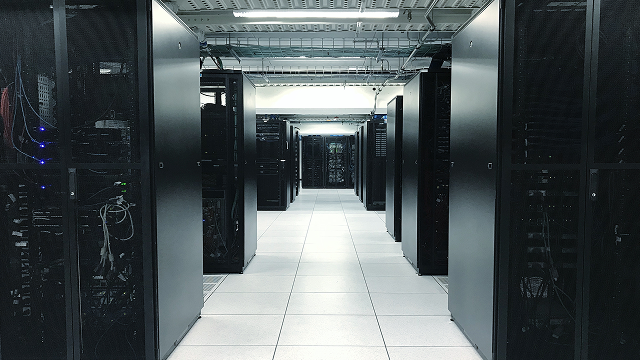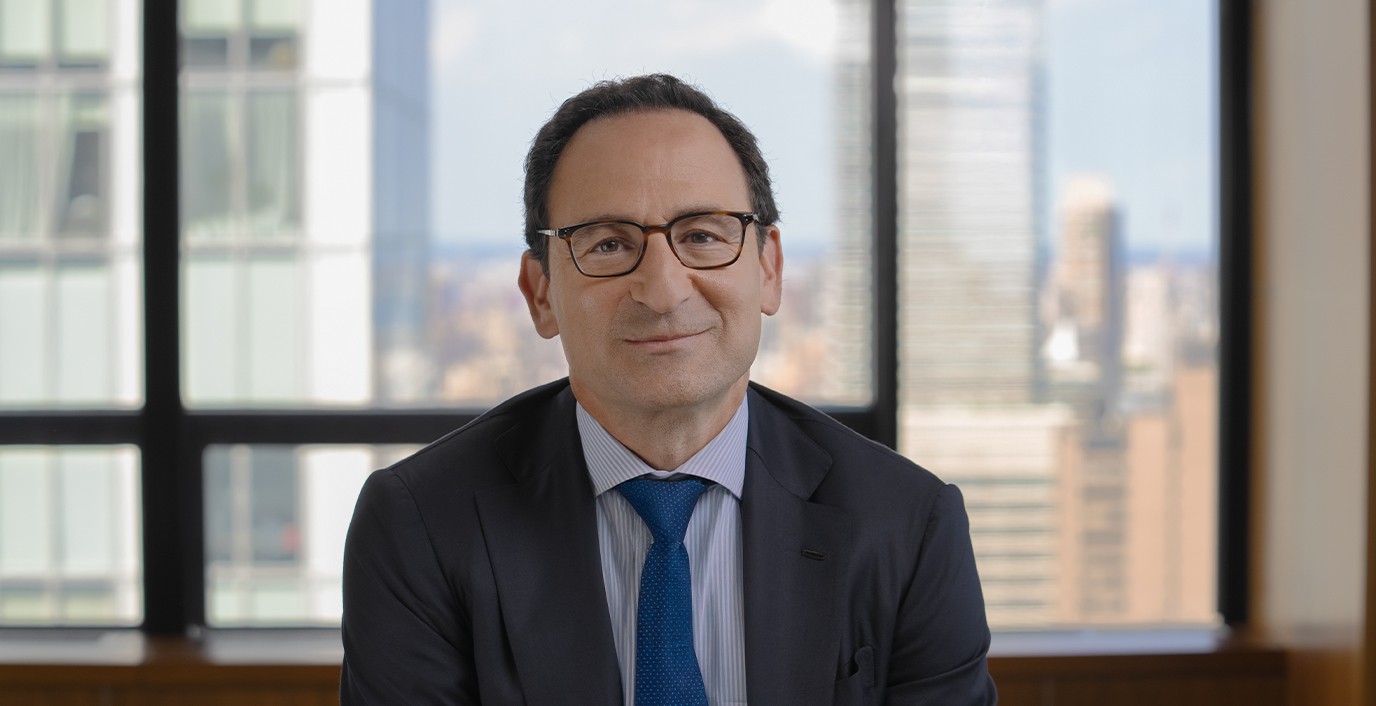Blackstone, all data as of September 30, 2024. Number of credit issuers reflects issuers and sponsors across all asset types within Private Corporate Credit, Liquid Corporate Credit, and Infrastructure & Asset Based Credit, excluding FX derivatives and LP interests.
Blackstone Proprietary Data, as of September 30, 2024. Concentration percentages based on equity at Blackstone Real Estate share.
Blackstone, 2007 figures as of June 30, 2007. Today’s figures as of September 30, 2024. Concentration percentages based on equity at Blackstone Real Estate share.
International Data Corporation (IDC), as of May 2024. 2024 and 2025 data created, consumed and stored represent year -end estimates.
Dell’Oro estimates, July 2024.
Blackstone Proprietary Data and datacenterHawk, as of September 30, 2024. Superlatives are based on leased megawatt capacity. Fastest -growing refers to growth in QTS’s leased megawatts since Q4 2019 relative to a peer set of the largest data center companies in the world. Size of portfolio today reflects operating and development assets. Future pipeline reflects prospective pipeline development on owned land.
EIA, as of November 2024 and NREL as of August 2022. Reflects total net electricity generation. Figures for 2024 and beyond reflect estimates.
US Department of Energy, as of August 14, 2024.
US Department of Energy, as of August 14, 2024.
S&P as of July 2024, and LevelTen Energy Report as of June 2024. Based on the fact that over 90% of the interconnection queue is renewables (wind and solar) and amount to $1.5B/GW to build in North America. Assumes 2600 gigawatts in the current transmission queue, per Lawrence Berkeley National Laboratory, as of April 2024.
Bloomberg New Energy Finance (BNEF) as of April 2023. Number one independent renewables developer by total developed capacity.
Invenergy, as of December 23, 2024.
National Human Genome Research Institute, as of June 30, 2024.
Standford Medicine, as of January 12, 2022.
Blackstone and Blackstone Life Sciences are not, and have not historically, invested in AI and ML for discovering genes that cause diseases.
Deloitte analysis, 2022. 2013-2019 includes the following 16 companies chosen by Deloitte: Abbvie, Amgen, AstraZeneca, Biogen, Bristol Myers Squibb, Celgene, Gilead, Janssen, GSK, Eli Lilly, Merck, Novartis, Pfizer, Roche, Sanofi, and Takeda. 2020-2022 data includes the results of the top 20 companies by 2020 R&D spend, which are: Abbvie, Amgen, Astellas, AstraZeneca, Bayer, Biogen, Boehringer Ingelheim, Bristol Myers Squibb, Gilead, GSK, Janssen, Eli Lilly, Merck, Novartis, Novo Nordisk, Pfizer, Roche, Regeneron, Sanofi, and Takeda. Both lists are of a global universe of pharma companies.
PhRMA. Research & Development Policy Framework as of December 31, 2022. The annual funding gap is BXLS’s estimate of the gap between the annual spread between the demand for medicine and device development capital and the supply of development capital from Biopharma and MedTech companies through R&D budgets. Data sources are Evaluate Pharma and Morgan Stanley, Market Update Presentation to BXLS. January 2024.
FDA Label – LEQVIO (inclisiran) injection, for subcutaneous use.
World Health Organization. Top 10 causes of death. August 7, 2024.
National Library of Medicine. Hyperlipidemia. August 8, 2023.
Healthline. Over 40% of Adults with High Cholesterol Are Unaware and Aren’t Getting Treated. November 2, 2023.
CDC. High Cholesterol Facts. May 15, 2024.
Novartis. Leqvio Press Release. April 6, 2024.
Evaluate Pharma. As of December 31, 2024.
Visible Alpha. As of September 31, 2024.
Visible Alpha. As of September 31, 2024.
Medicines brought to market by BXLS and development company employees and advisors (Nick Galakatos, Paris Panayiotopoulos, Kurt Wheeler, Barry Gertz, Dennis Henner, Deborah Dunsire, Kiran Reddy, Francois Nader, Olivier Brandicourt, John Maraganore, Peter Honig, Elaine Caughey) while they worked at BXLS, Clarus and at prior employers. The development of a medicine involves many professionals. The degree of involvement by a given BXLS, advisor, or development company professional varies medicine to medicine. Therefore, the performance shown reflects the contributions of a number of professionals and may not be indicative of any individual’s contributions to the transactions. The number of developed medicines is measured when a drug is approved in any jurisdiction.
Brick and Mortar and E-Commerce Sales: US Census Bureau, as of December 31, 2023. Brick and mortar sales reflect total retail sales excluding motor vehicles and parts dealers, gasoline stations, food services and e-commerce sales.
Amazon 2023 Letter to Shareholders, as of April 11, 2024.
Adevinta Annual Report based on revenues generated form online classifieds listings and advertisements, operating digital marketplaces in 10 countries, as of 2024.
US Bureau of Economic Analysis and McKinsey. “Goods” are defined as total spend on goods, less spend on essential goods (e.g., medical products, gasoline). “Experiences” are defined as total spend on experiences (e.g., airfare, food away from home, ticketed entertainment), less spend on essential services (e.g., hair care, laundry). Discretionary spend is defined as total consumer expenditures, less spend on essential items such as housing, utilities, fuel, medical goods and services, and groceries.
Jersey Mike’s Company Data as of December 31, 2024.
IMF, as of July 2024. Total Enterprise Value of all the businesses (including investments exited) that Blackstone has invested in India since inception, as of June 30, 2024.
Blackstone, as of August 4, 2022.
Blackstone Proprietary Data, as of November 30, 2024.
Blackstone Proprietary data. Total Enterprise Value of all the businesses (including investments exited) that Blackstone has invested in India since inception, as of June 30, 2024.








